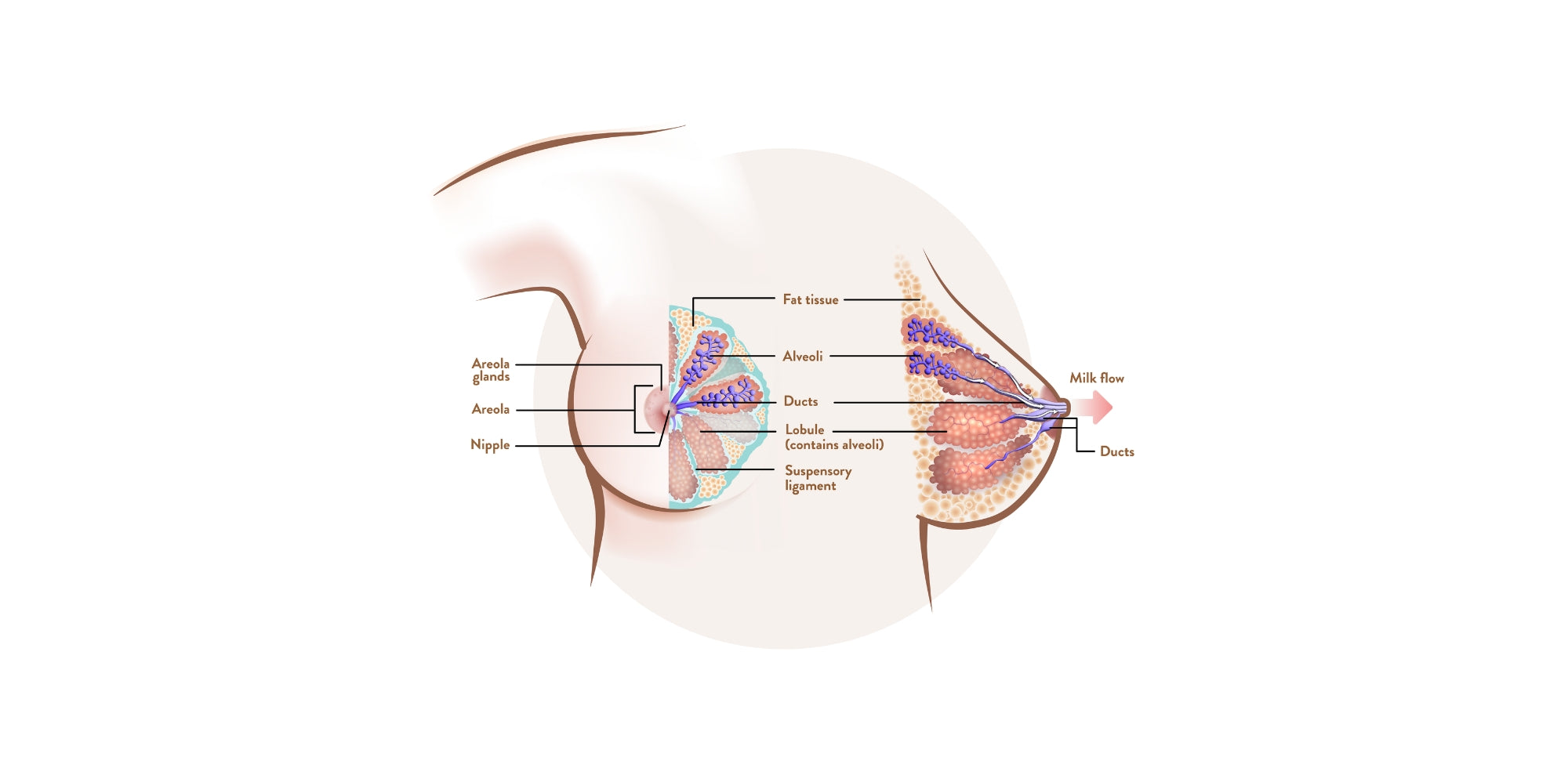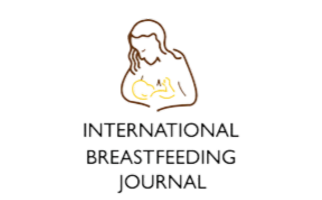Many mamas experience sore breasts during their breastfeeding or pumping journey. Overly full, tight, and painful breasts are a sign of engorgement.
What is engorgement?
Are your breasts full, hard and very tender? If so, you might be suffering from engorgement. Engorgement can make your breasts feel warm and heavy, and your nipples may even be stretched and flat. It can happen in any part of your breast, including under your armpit, and it’s often super uncomfortable (even painful). You might be desperate to feed your baby to help relieve the pressure – but, frustratingly, engorgement can actually make it trickier for your baby to attach to your breast. Argh! It can be a trying and stressful time for you both.
If you’re experiencing engorgement, know that you’re not alone. The Academy of Breastfeeding Medicine reports that more than two-thirds of mamas experience symptoms of breast engorgement, including tenderness, in the first five days after birth. While engorgement is especially common in the first week or two after birth, it can happen at any time. Many, if not most, mamas experience it at some stage during their breastfeeding journey.
When and why do you get breast engorgement?
Engorgement happens when milk, blood and other fluids build up in the breast, leading to that oh-so-uncomfortable too-full, rock-hard, sore breasts feeling.
Many mamas experience engorgement when their milk first comes in around two to six days after birth when you, your body and your baby are still finding your breastfeeding rhythm. It can happen if your baby is struggling with feeding or attaching to the breast (or simply still figuring out how to do it) and your breasts aren’t being drained well during a feed. It can also happen if your body makes more milk than your baby needs (known as breastmilk oversupply), but this is less common.
Lactation consultant Katie Mallard recommends breast massage using a Lactamo ball for mamas dealing with engorgement in the early days of breastfeeding. So does midwife and nurse Caitlin Murphy: “breast massage can be extremely beneficial when your milk is coming in and if you experience engorgement. Massage can provide comfort as well as relief!”
But engorgement isn’t limited to the early days of breastfeeding. You might experience it later down the track if your baby misses a feed or you skip a pumping session. Many mamas wake up with sore, engorged breasts when their baby sleeps for longer, if they have a longer-than-usual gap between feeds, or if their baby feeds for a shorter time. Weaning quickly can lead to engorgement, too.
What can you do to relieve engorgement?
Feeding your baby often and making sure they are feeding well are two of the best ways to ease engorgement.
Other things that can help include:
- Gentle breast massage.
- Taking your bra off completely before you start to feed.
- Hand expressing a little milk before the feed – just enough to make it easier for your baby to latch.
- Making sure your baby has a good attachment.
- Varying your position with each feed. Mix it up! Try cradle hold, football hold, or lying on your side in bed.
- Talking to your healthcare practitioner about pain relief or anti-inflammatory medication if needed.
Reliable, trusted sources such as the Australian Breastfeeding Association and the Australian Government parenting website raisingchildren.net.au agree that temperature (warmth and gentle massage before and during a feed, and cool or cold after) can help alleviate the pain and discomfort of breast engorgement.
This is where Lactamo can help. Gently applying a warmed Lactamo to your breasts before and during a feed or a pump can encourage your let-down and help your milk flow, which aids with thorough breast drainage. Midwife and nurse Monique Maitland agrees. “Lactamo is a great tool for that because warming the Lactamo ball up at the start and massaging your breast to try to get the milk flowing can make it a little bit easier for your baby to start to drain the breast.”
Experts also recommend cooling your breasts after a feed or a pump to relieve the pain, inflammation and swelling that comes with breast engorgement. No need to break out the frozen peas or the chilled cabbage leaves – a cooled Lactamo will do the trick. Monique says, “if your breasts are still feeling quite tender after the feed, by applying a cooled Lactamo, you've got that soothing feeling.”
Can you prevent engorgement?
Feeding your baby as often and for as long as they want to, rather than scheduling and timing feeds, can help you avoid breast engorgement. Make sure you’re starting feeds on alternate breasts, so both sides get a chance to be well-drained. And double checking your baby’s position and attachment to the breast will give your bub the best opportunity to feed well and get the most milk they can.
Lactamo can also be used proactively to help avoid breastfeeding problems before they develop. Try following the instructions for relieving engorgement before it hits to help keep it at bay.
Learn more about how to use Lactamo to relieve engorgement.
Note: while lumps in breast tissue may commonly occur as part of breastfeeding, not all breast lumps are breastfeeding related. If your symptoms persist or worsen, or if you are in doubt please consult your healthcare professional.











